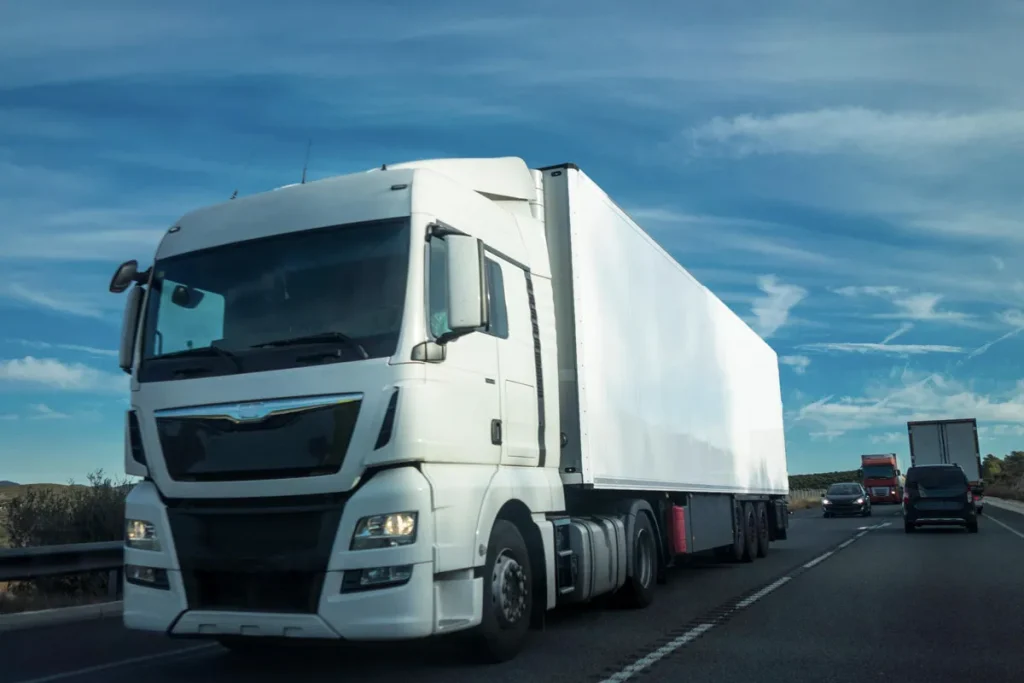In recent years, safety in freight transport has become a central topic in the European intermodal logistics debate. While trucks have often been perceived as bulky and potentially dangerous vehicles, the reality of technology tells a different story: heavy-duty vehicles are now at the forefront of safety, thanks to the latest ADAS (Advanced Driver Assistance Systems).
A Vehicle Fleet in Need of Renewal
Despite technological progress, data shows that a significant portion of the current truck fleet is still outdated. In Italy, about 45.5% of trucks over 3.5 tons are “pre-Euro 4”, meaning they lack the latest innovations in emissions and safety.
This situation highlights a major contradiction: the technology exists and is available, but it is not always present on the roads. The real challenge is the renewal of the vehicle fleet, which is essential to fully exploit the potential offered by the new generation of ADAS.
Trucks Are Getting Safer: From Early Systems to the Latest Innovations
Trucks have often led the way in adopting advanced systems, even ahead of traditional passenger vehicles:
- Adaptive Cruise Control
- Lane Keeping Assist
- Automatic Emergency Braking
Today, the new frontier includes systems like Connected Traffic Warnings, developed by Mercedes-Benz, which provide immediate and automated hazard communication.
Connected Traffic Warnings: How It Works
This system acts like a fully automated “Waze” for trucks:
- Onboard sensors (cameras, radar, Lidar) detect hazardous situations (accidents, obstacles, fog, roadworks)
- The information is sent to a shared cloud
- Warnings are then redistributed to nearby vehicles in real time
- The data is interoperable with external platforms and infrastructure operators
Common hazards detected include:
- Accidents and breakdowns
- Roadworks
- Adverse weather conditions (heavy rain, fog)
- Emergency braking
- Wrong-way drivers
In practice, trucks can “talk” to each other and to the road infrastructure, anticipating hidden risks around a bend or beyond the driver’s direct line of sight.
An Open System for a Safer Future
One of the most innovative features of Connected Traffic Warnings is its openness: the system is also compatible with vehicles from other manufacturers, promoting a broader, interconnected network.
The service is included in the price of new trucks for the first three years, with the option for subsequent renewal.
This technological openness is essential for building a safer, intermodal, and sustainable logistics system, in line with the EU’s integrated mobility goals.
The Importance of Choosing the Safest Route
In the context of Logistics 4.0, it is not enough to have technologically advanced vehicles: it is essential to plan routes using all available information.
This is where the value of informational tools like PortaleGenio comes in. Through a detailed visualization of rail, maritime, and dry port connections in Europe, PortaleGenio enables operators to:
- Identify safer and more sustainable intermodal alternatives
- Reduce dependency on road transport in critical stretches
- Access a simple and up-to-date representation of the European intermodal network
Through its platform, PortaleGenio helps promote more informed choices, improving operational efficiency and supporting the transition to a safer and more sustainable logistics model.
Conclusions
The future of logistics inevitably involves the adoption of safe, interconnected, and low-emission vehicles. New ADAS systems, like Connected Traffic Warnings, represent a fundamental step in this direction.
At the same time, informational tools like PortaleGenio support the sector in transitioning to smarter, more resilient, and environmentally responsible logistics paths.
The road to safer freight mobility is not just about new onboard technologies, but also about a new culture of planning, data sharing, and informed decision-making.
Sources:
- UNRAE 2024 report on the heavy vehicle fleet in Italy
- Official Daimler Truck information on Connected Traffic Warnings
- Insights on ADAS technologies and European intermodal mobility
- European Commission – Mobility and Transport Reports 2024

